Common Dandelion and Wild Rocket – Introducing Wild Weeds through Familiar Food into People’s Diet: Wild Weeds Simple Pesto Pasta Recipe
We are creatures of habit. Along with this fact, tradition plays into our being in the world. To see this play out in the “real world” just see all the food debates about people who “do not follow tradition”. That is, people who do not follow a recipe that has become tradition will be in big trouble with people, especially, on the internet.
But this is not a bad thing. We can use this clinging to tradition and the familiar to our advantage. It is no secret that our modern diets lack nutritious food. Even the “whole foods” people promote as healthy can sometimes lack the nutritional punch that the wild ancestors or counterparts have. Thus, my favourite wild leaves or herbs: the common dandelion and wild rocket. In the following post, I will briefly give some general health and nutrition information about the common dandelion (Taraxacum officinale) and wild rocket (Diplotaxis tenuifolia). I will then give my take on why I think the way in which I propose people to add wild weeds/herbs into their diet is beneficial and important not to scare people away. I will then give a recipe at the end of how I make a pesto from wild rocket and dandelion leaves and how I use this in a simple pasta recipe. If you are interested in this topic, please read along! Hopefully, you learn something new.

(A word of caution. Never eat something from the wild. Even though you can positively identify a plant/herb/weed it does not mean you know the growing medium and growing condition of the plant. Eat only what you can (i) identify, and (ii) know that you planted it, or (iii) know the growing medium and growing condition. Plants can store dangerous compounds in their leaves and roots and seeds if they are exposed to it. I am also not an expert; I only know that I know from the internet and my own experience. Do your own research, and do not eat anything you do not know where it came from, how it grew, and who planted it.)
My Approach to Weeds and Wild Herbs
I have been gardening for a couple of years now. My interest in wild herbs and weeds have grown tremendously in the last 2 years. I have done so much research, watched videos on the internet and read so much work on wild weeds and herbs that grow in my area (South Africa). It is fascinating how nature works, and how abundant food sources are when you begin to get familiar with different weeds/herbs. (I use the word weeds because most people are familiar with it, but I think the reasoning behind calling it weeds are fundamentally wrong. However, this is a philosophical discussion, not one suited for this topic! I digress. On with my approach to gardening.) The clearest thing about nature, according to my own experience and research, is that plants do not grow in monocultures. Plants, especially the native fynbos that grow here, always grow alongside many different plants.
I have tried this approach with especially the common dandelions. I take the seeds and utilise its own dispersing mechanism. I blow on the dandelion like we all did as children and let it populate my garden. See the photograph below of how a dandelion started to grow between the African Daisy flower:
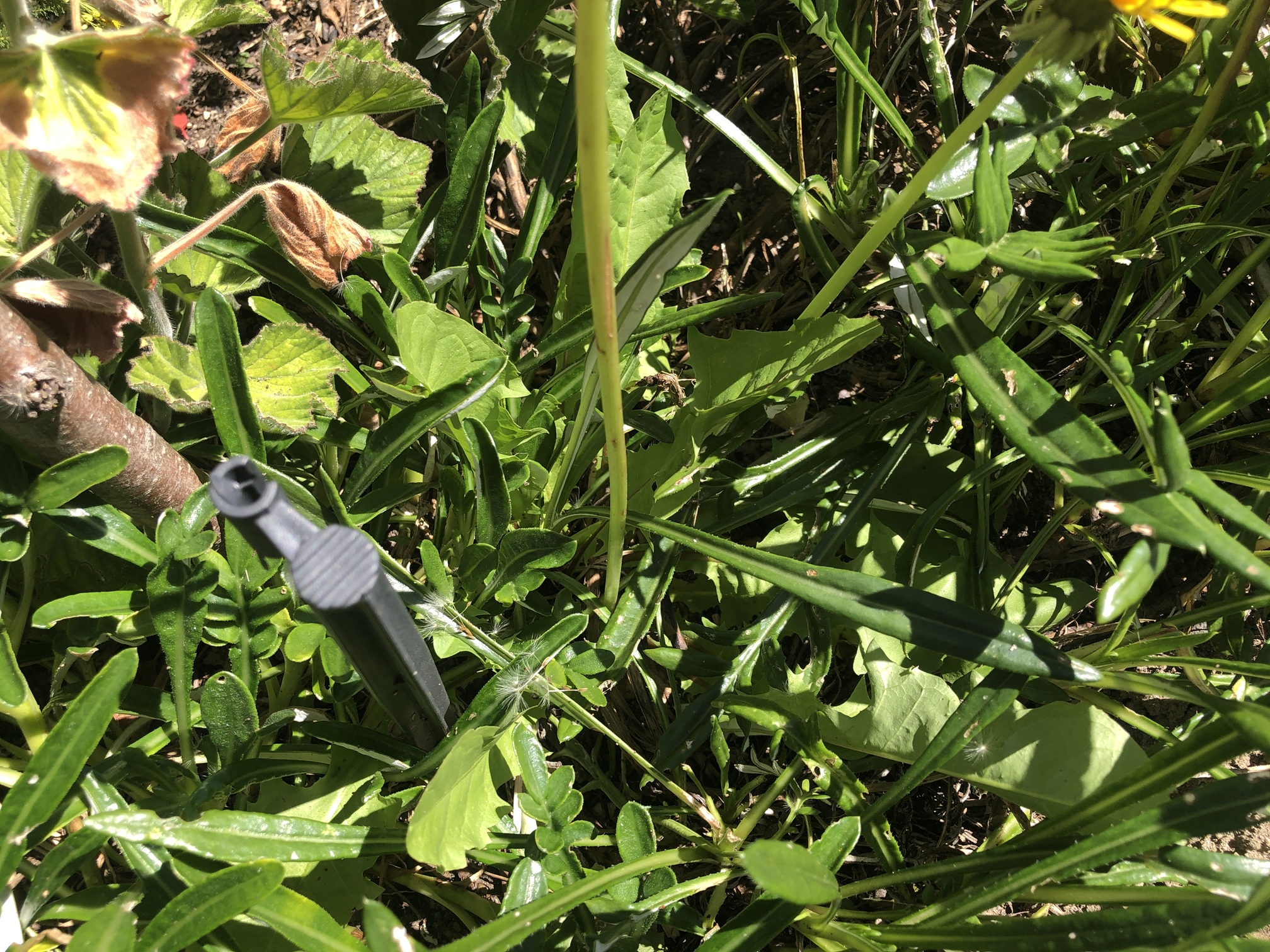
Here is another type of African Daisy (the grey one) and the dandelion taking root next to it:
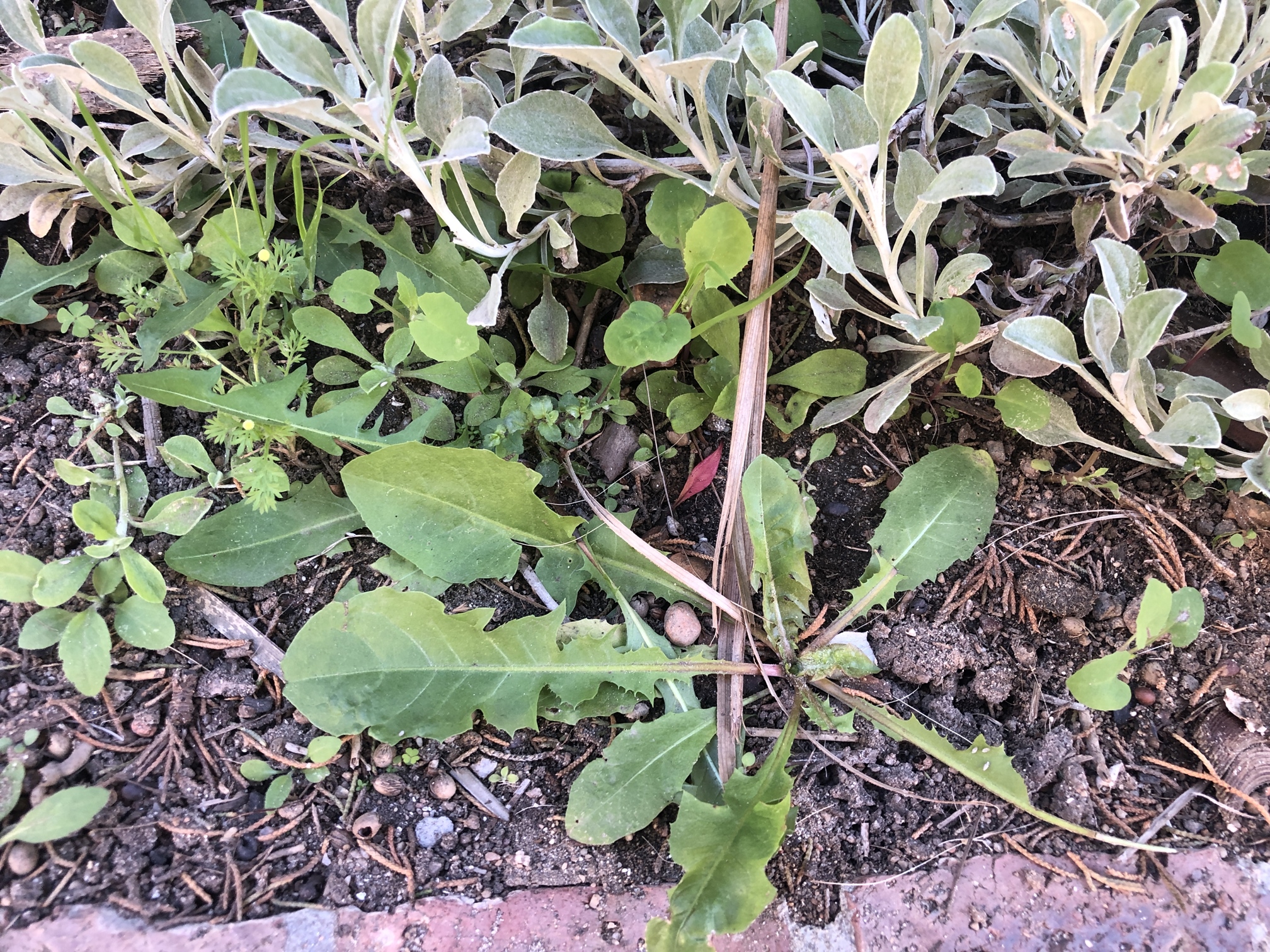
I feel that growing my wild herbs this way, there is a double benefit: It helps the soil health, and I think that the plants get more nutritious due to the soil health. I have tried to get information on this topic, but I have never really found any studies on it. (If you know about studies that compare crops grown in “healthier” soil vs. “poor” soil, please let me know in the comments.) I thus disperse my herbs between the indigenous fynbos plants, and I have not seen any adverse effects on them. In fact, everything is growing so healthy and strong.
The Common Dandelion (Taraxacum officinale)
I have slowly been cultivating dandelion seeds. I select the best-looking seeds and disperse them in the garden. It is always interesting to see how even if I do this, different size plants grow. In any case, herewith some information about the common dandelion. I get all my information from an awesome website called Plants For A Future (PFAF), go over there to have a look at the great resources they have. According to PFAF the dandelion leaf is a::
A very nutritious food, 100g of the raw leaves contain about 2.7g. protein, 9.2g. carbohydrate, 187mg Calcium, 66mg phosphorus, 3.1mg iron, 76mg sodium, 397mg potassium, 36mg magnesium, 14000iu vitamin A, 0.19mg vitamin B1, 0.26mg vitamin B2, 35mg vitamin C
I cannot vouch for the accuracy of the information, but this seems to be very healthy! Getting in touch with nature is also very important. I think the added benefit of seeing things grow, and knowing that you helped the progress along, is good for your mental health. (More on the mental health aspect of gardening in a future post!)
A Small Diversion: How I Spread the Seeds throughout the Garden
In the image below you can see how I disperse the seeds throughout the garden. I do not know where the seed will grow a new plant, but I do know that there will be new plants!
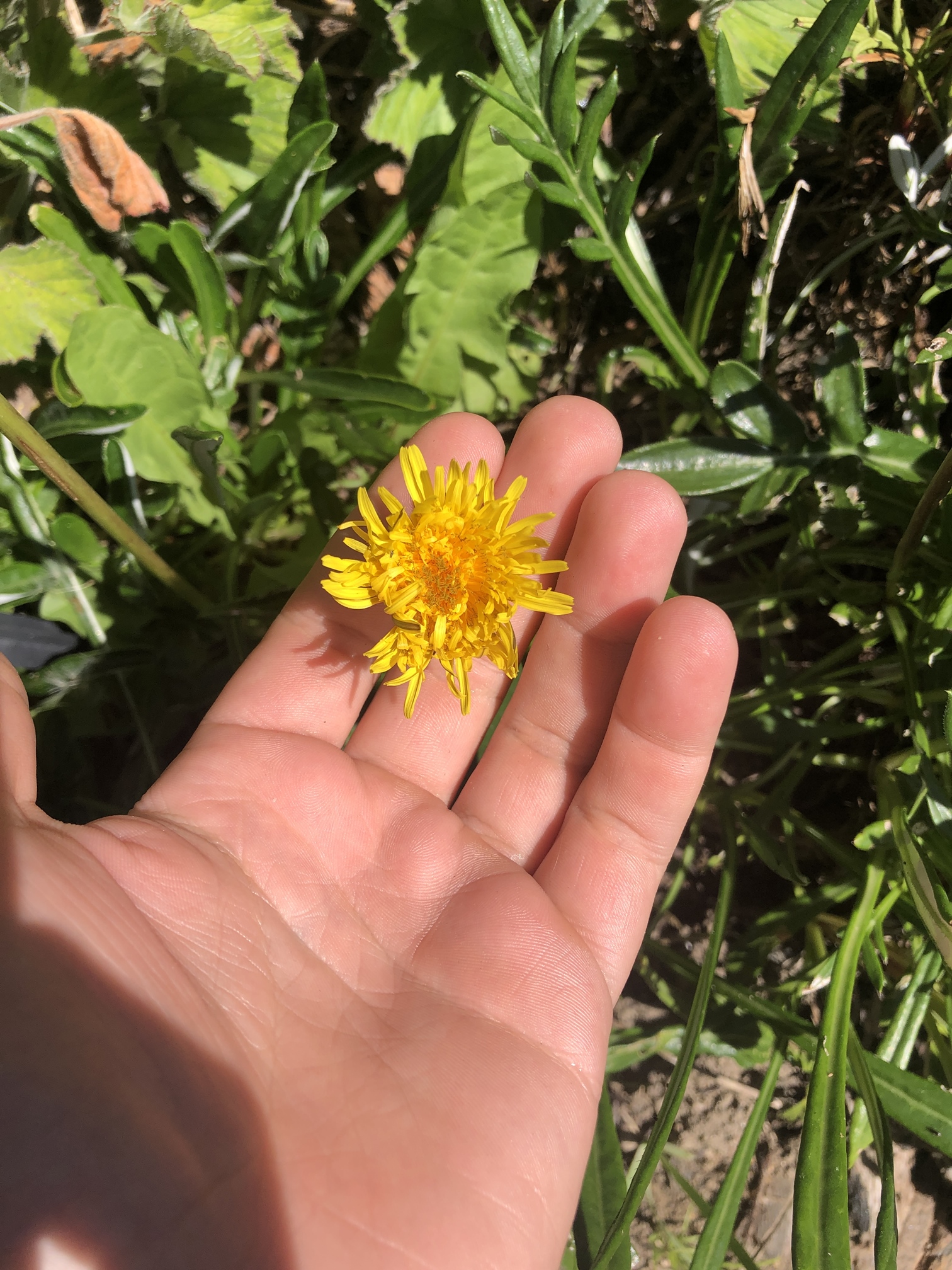
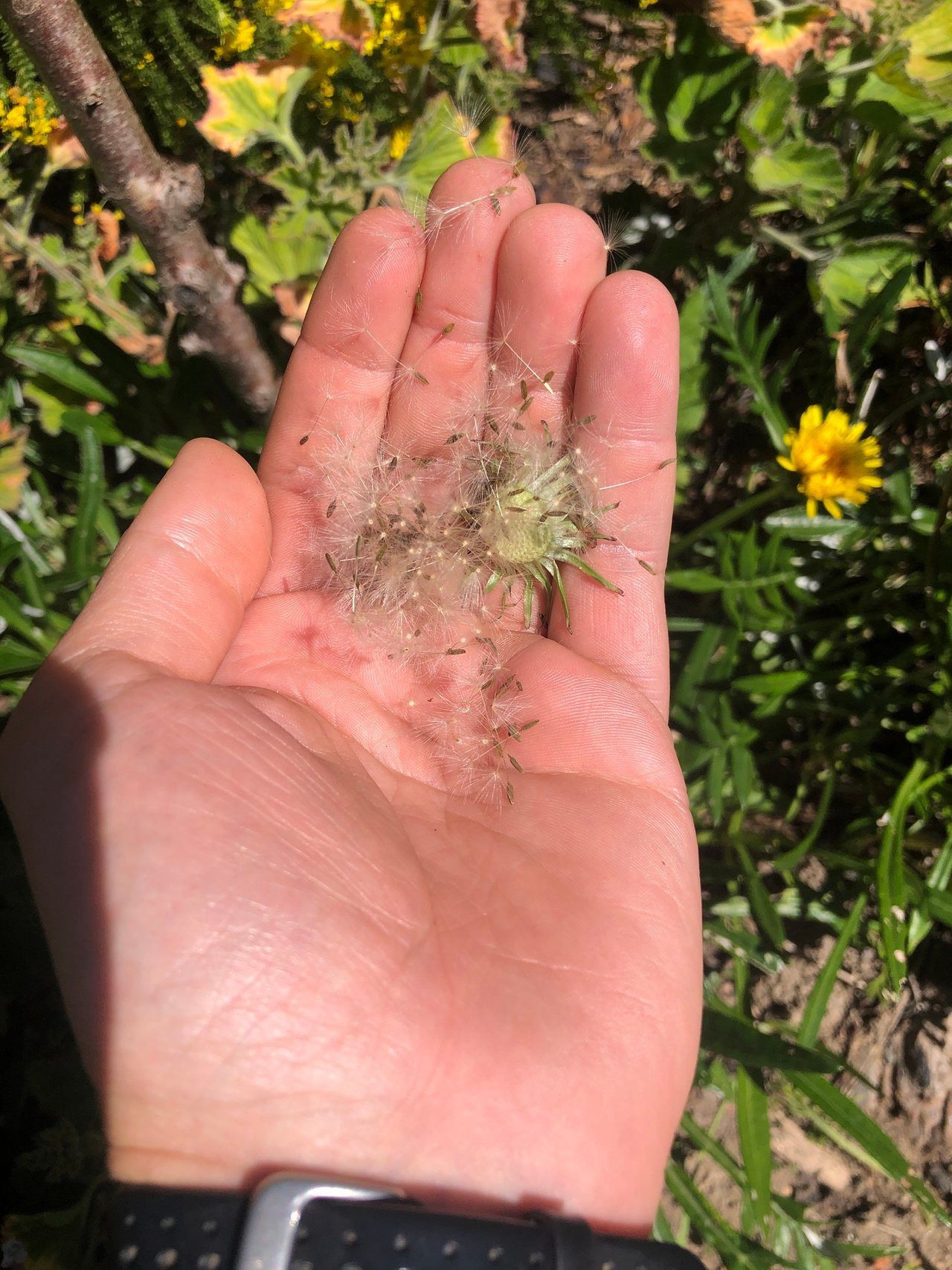
Wild Rocket (Diplotaxis tenuifolia)
Wild rocket must be my number one favourite herb. Like the common dandelion, this herb has spread throughout my garden. It has very little seeds, and the seeds pods break open when they are dried. I do not always have the time to harvest the seeds, so I let them go wild. I have various patches in the garden where wild rocket spring up. This plant also packs a punch nutrition wise. According to Wikipedia wild rocket the nutrition of wild rocket:
Wild rocket is high in ascorbic acid, carotenoids, polyphenols and glucosinolates (above all glucosativin and glucoerucin, which are the cause of the pungent flavour). When the leaves are chewed glucosinolates, through the enzyme myrosinase, are metabolized in isothyocyanates and indole
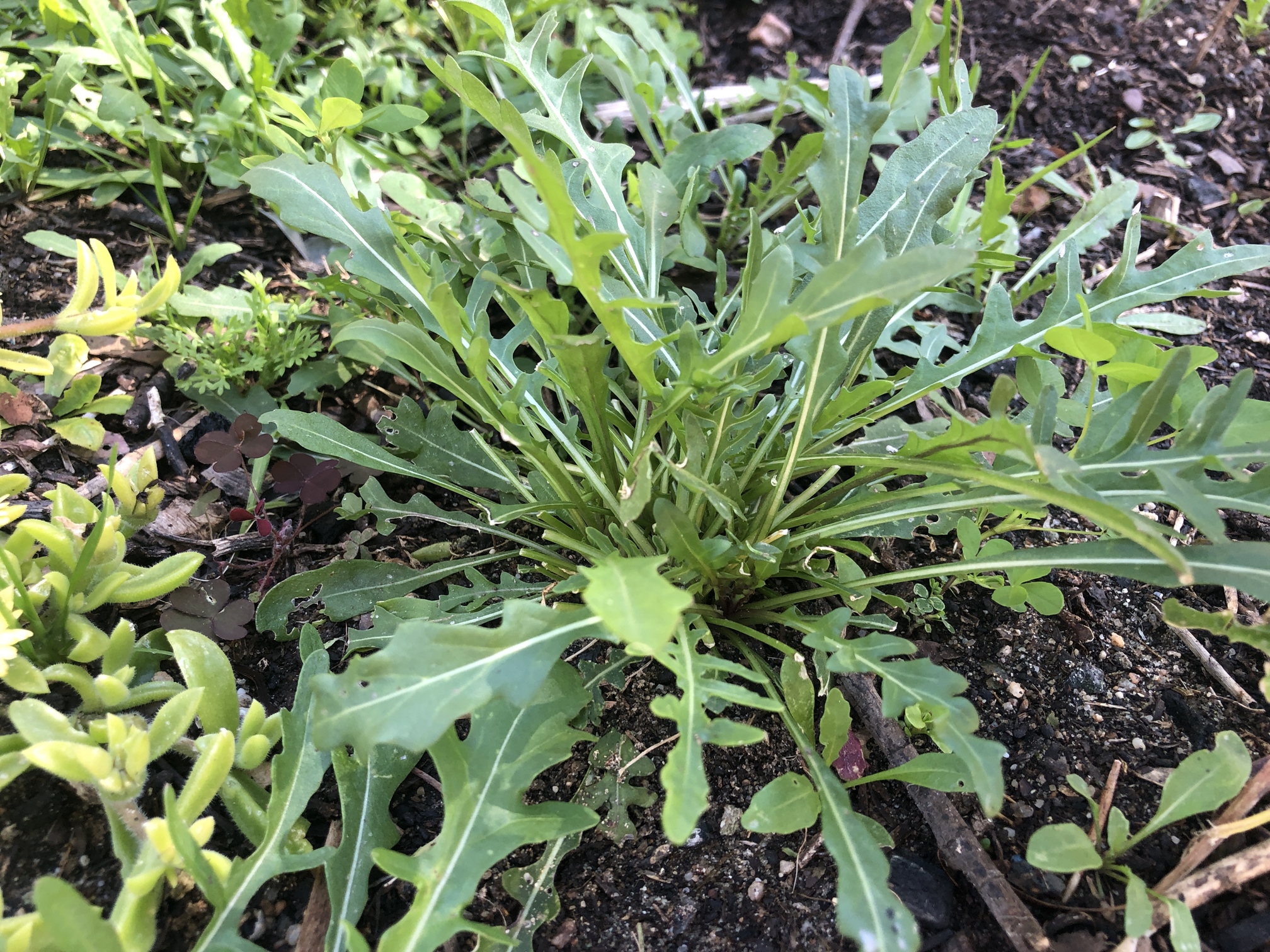
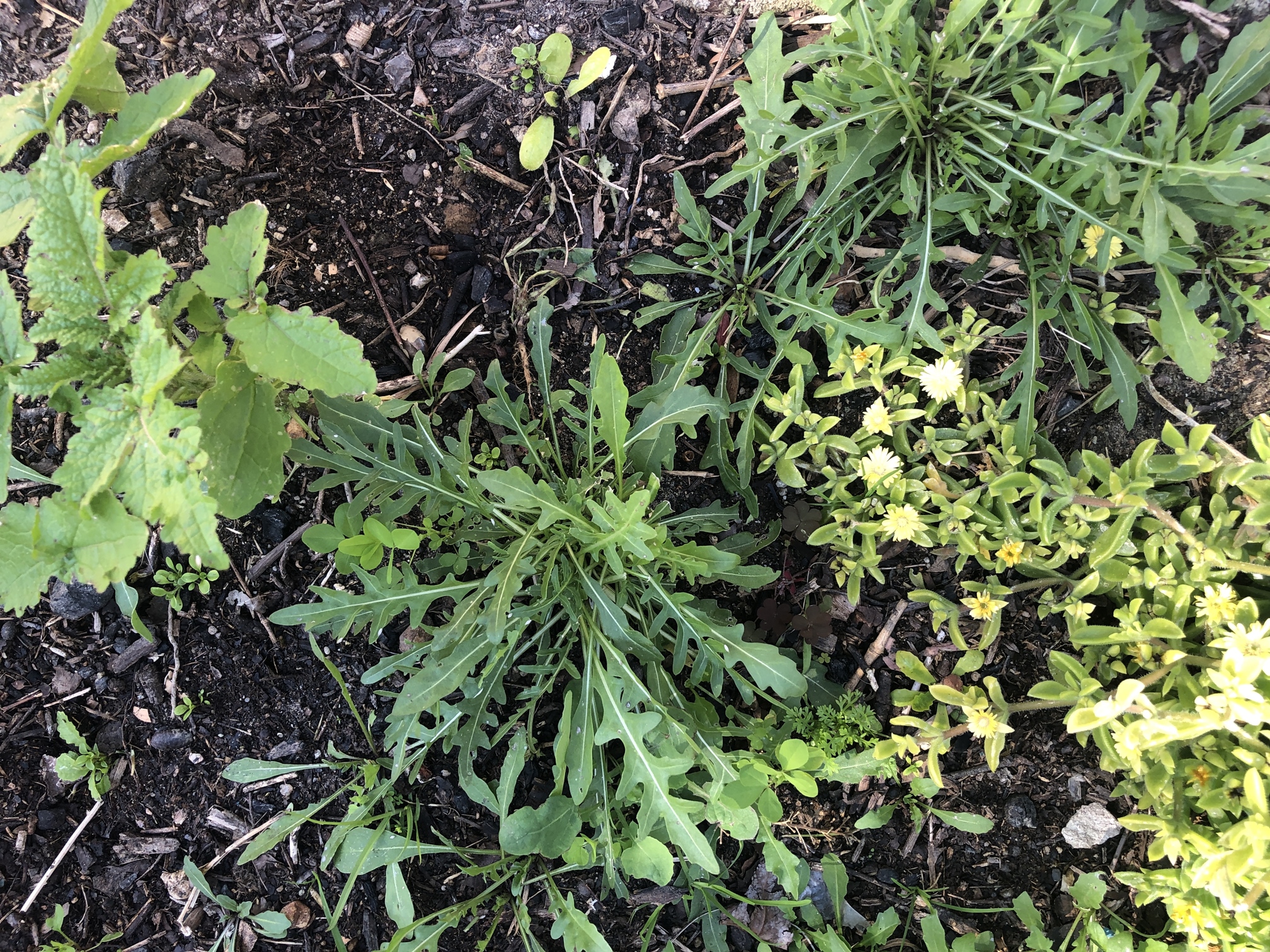
A Small Diversion: Bruising and Tearing the Leaves and not Cutting Them
If my memory serves me right, broccoli gets healthier when you chew on the raw vegetable. The act of chewing releases compounds in the vegetable which would not have been there if you cut it. The same with garlic. The act of bruising the garlic clove releases the compound allicin which would also not have been there if you did not bruise it. And in the culinary world, basil leaves become more flavourful, especially in a pesto, if you bruise and break the leaves. Cutting the leaves of throwing it in a food processor would yield a lower grade product. And here, according to the Wikipedia article, the process of chewing the leaves of wild rocket, produces compounds that would not have been present if you did not chew it. Hence, my preference to use the mortar and pestle and breaking the leaves rather than cutting them with a knife.
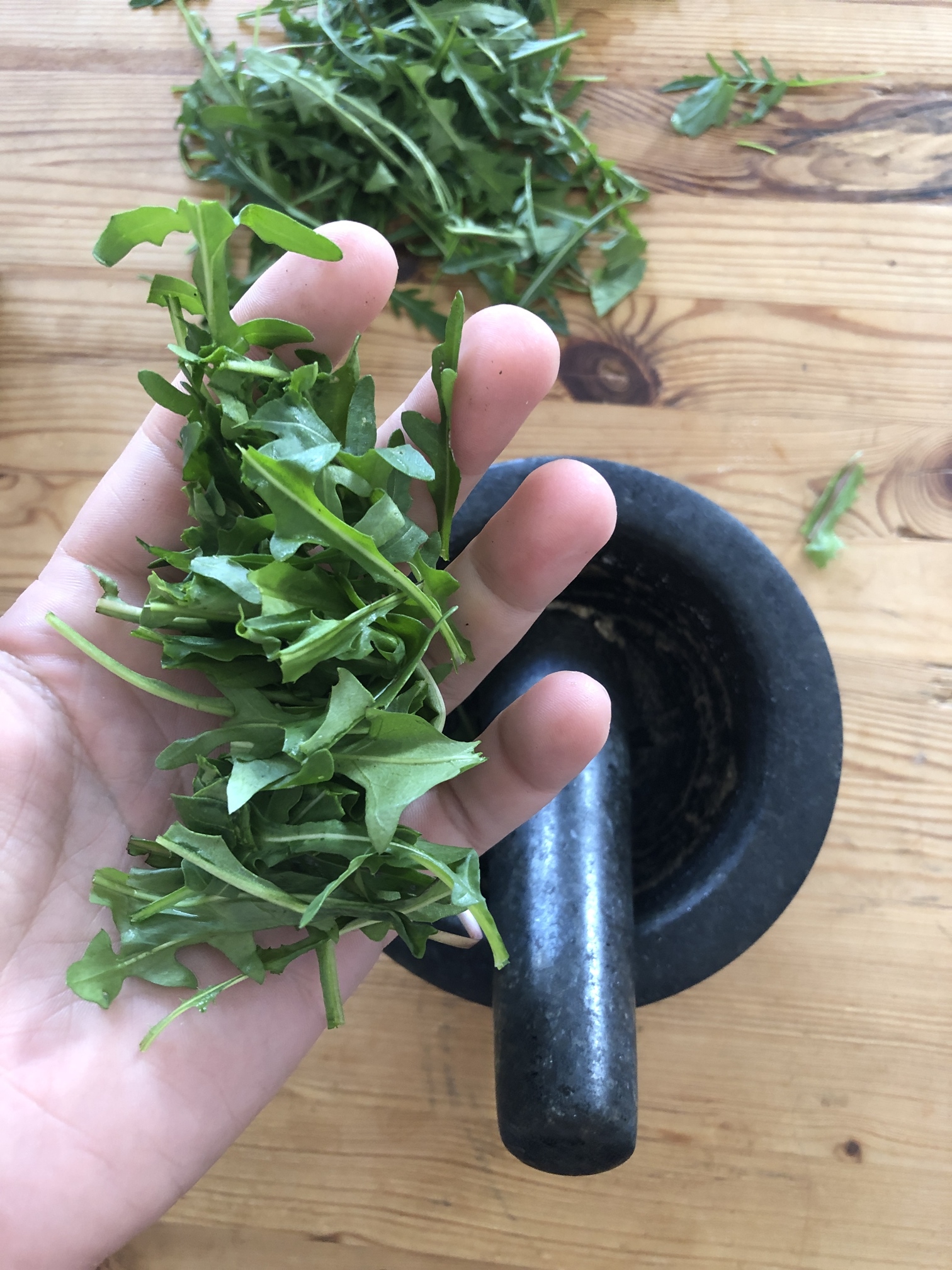
A Quick Note on Introducing Wild Weeds/Herbs in Your Diet
It is not secret that modern people’s palates are overly adapted for sugar. Humans and most animals have a sweet tooth, but the availability of sugary foods have skyrocketed, and people do not like bitter food. Bitter food is also a sign that you should maybe avoid the food, as it might be poison. But as in the case with wild rocket and the common dandelion, behind the bitter taste, there are various nutritional bonusses. Getting people to like these foods are not easy. People also do not want the bitter food if they can have a sweeter alternative. But if you swop the normal ingredients with the wild counterpart, you can sometimes “hide” the bitter and wild taste. And this is how I think people should go about diversifying their diet. And this goes back to the beginning of the post where I talked about tradition and habit. Take today’s recipe. Pesto has become synonymous with basil, olive oil, garlic, pine nuts, and parmesan cheese. There is an element of habit and tradition linked to this food. People become very hostile and aggressive when you mix with the recipe. And rightly so, but clinging too tight to tradition and habit stifles creativity. But it also stifles the possibility of introducing different foods into your diet. Let me move on towards the recipe!
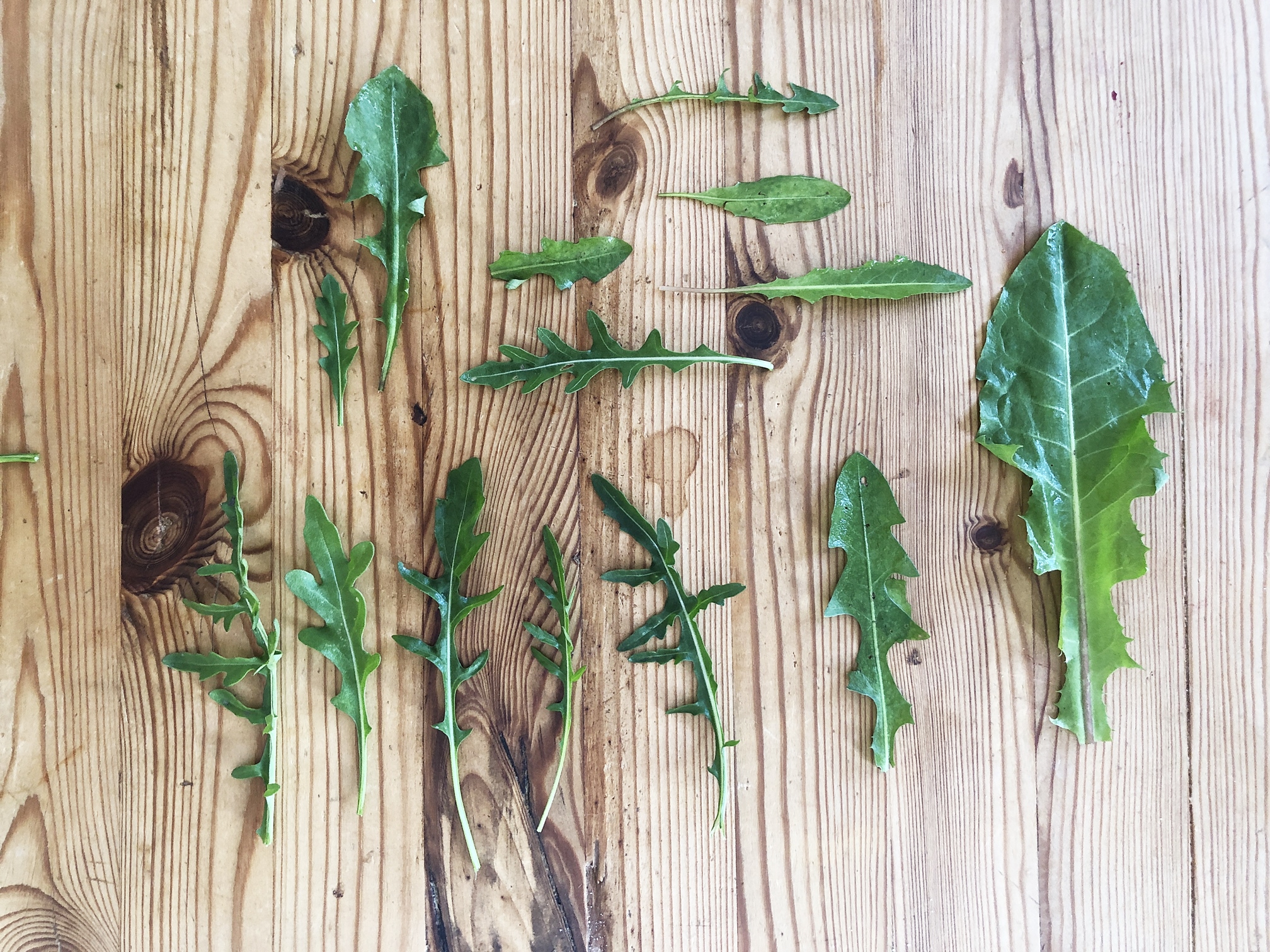
(The different leaf shapes always fascinates me. There is a theory of alternating the shapes of leaves you eat, but I will discuss this in a future post.)
Wild Rocket and Common Dandelion Pesto Pasta Recipe
For this recipe you will need:
- Wild rocket leaves
- Dandelion leaves
- Garlic
- Cheese
- Oil
- Nuts
- Cooked pasta
- Salt and pepper
- Pasta water
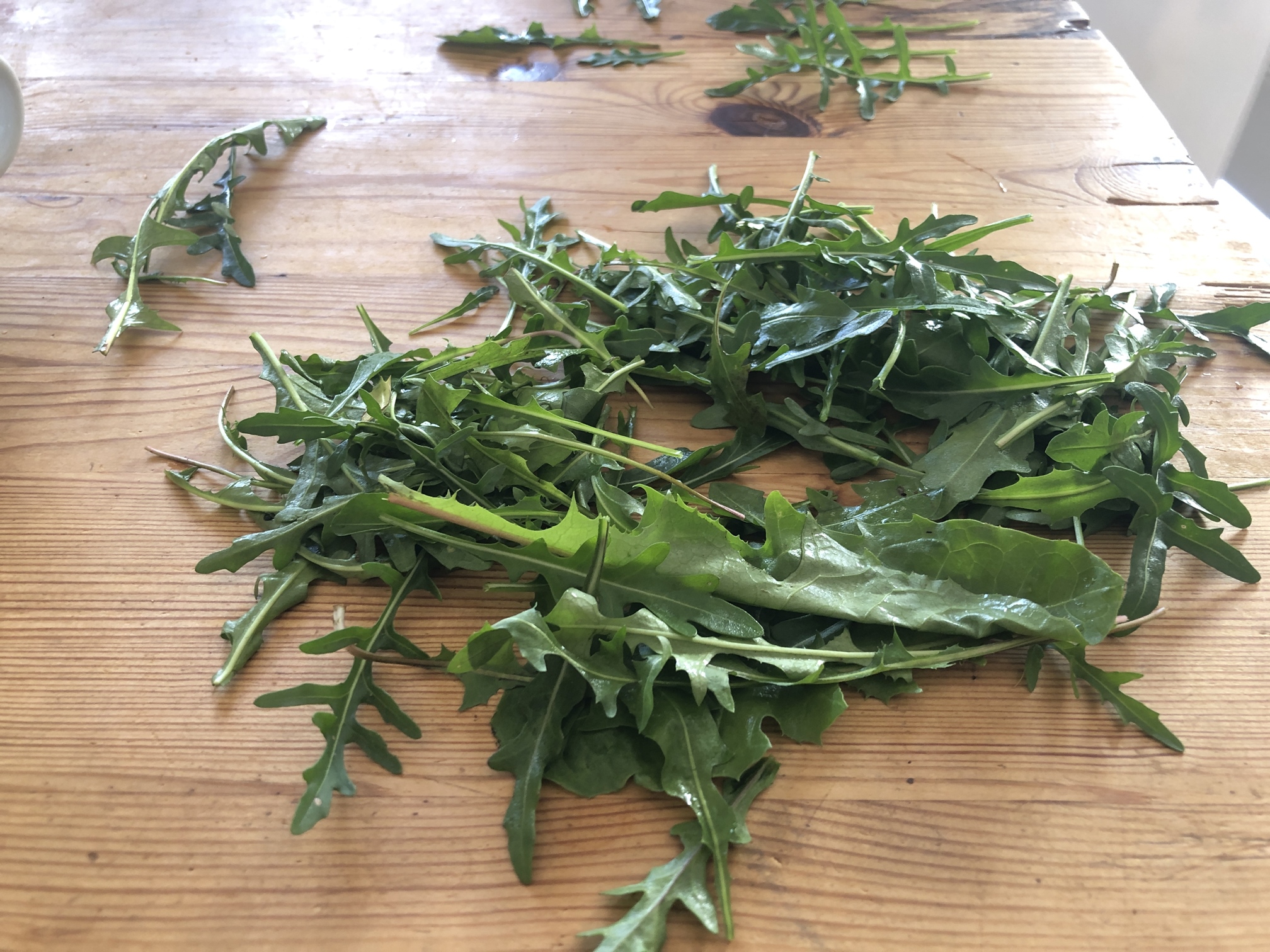
(My harvest for the pesto. It is not much, but it packs a punch flavor and nutrition-wise!)
I am not going to go into any detail how to make a pesto nor how to cook pasta. Instead, I am going to briefly explain how to swop out different elements in a dish to activate your creative brain. Pesto literally means to crush or to pound. Modern pesto consists out of basil, olive oil, pine nuts, and parmesan cheese. In your journey to creatively thinking about recipes and to incorporate wild herbs into your diet, you can swop the basil leaves with dandelion and wild rocket leaves. If you have your own alternative nut sources, use that! My reasoning is simple: break a recipe down into its individual components and see what you can swop out to incorporate wild herbs and wild edible plants. Even though basil itself is very healthy, I think the variation and addition of wild rocket and dandelion leaves make it even more nutritious, especially if you alternate between basil and wild herb pestos. Herewith some images of the process I followed to make this simple dish.
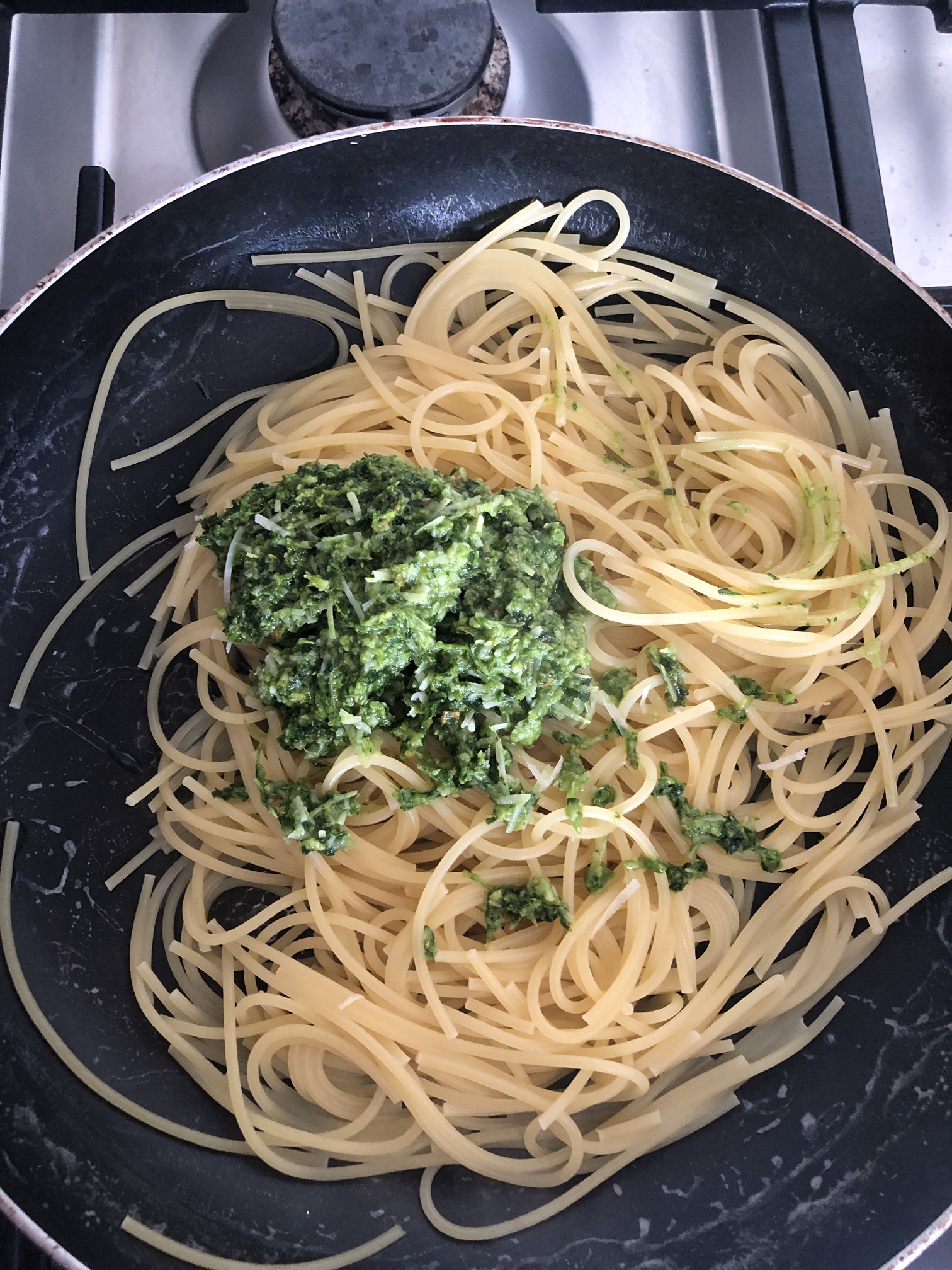
(I add the dandelion-wild rocket pesto to the cooked pasta.)
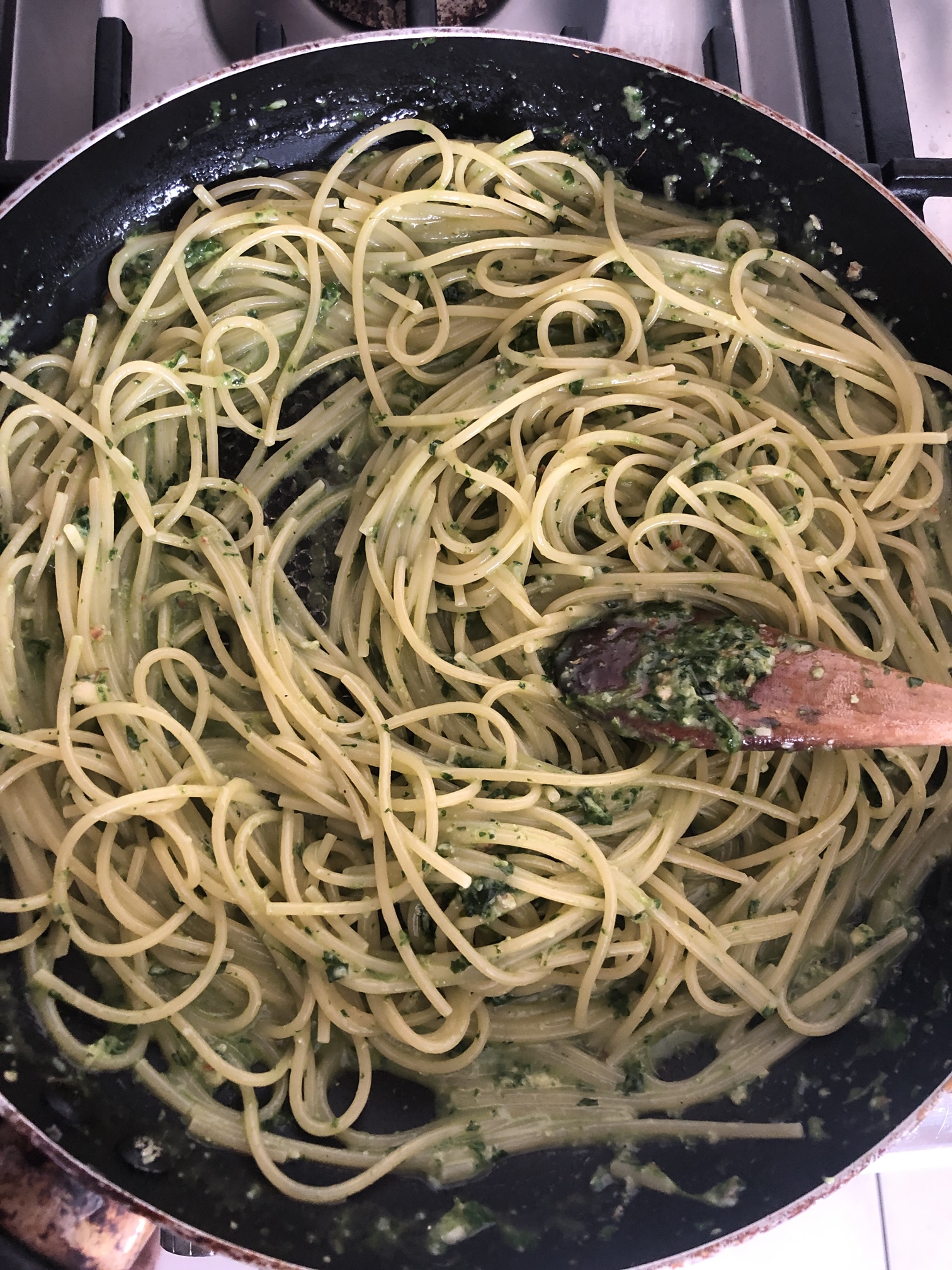
(Add some pasta water, and the warmth of the added pasta water and pasta will melt and make a delicious sauce.)
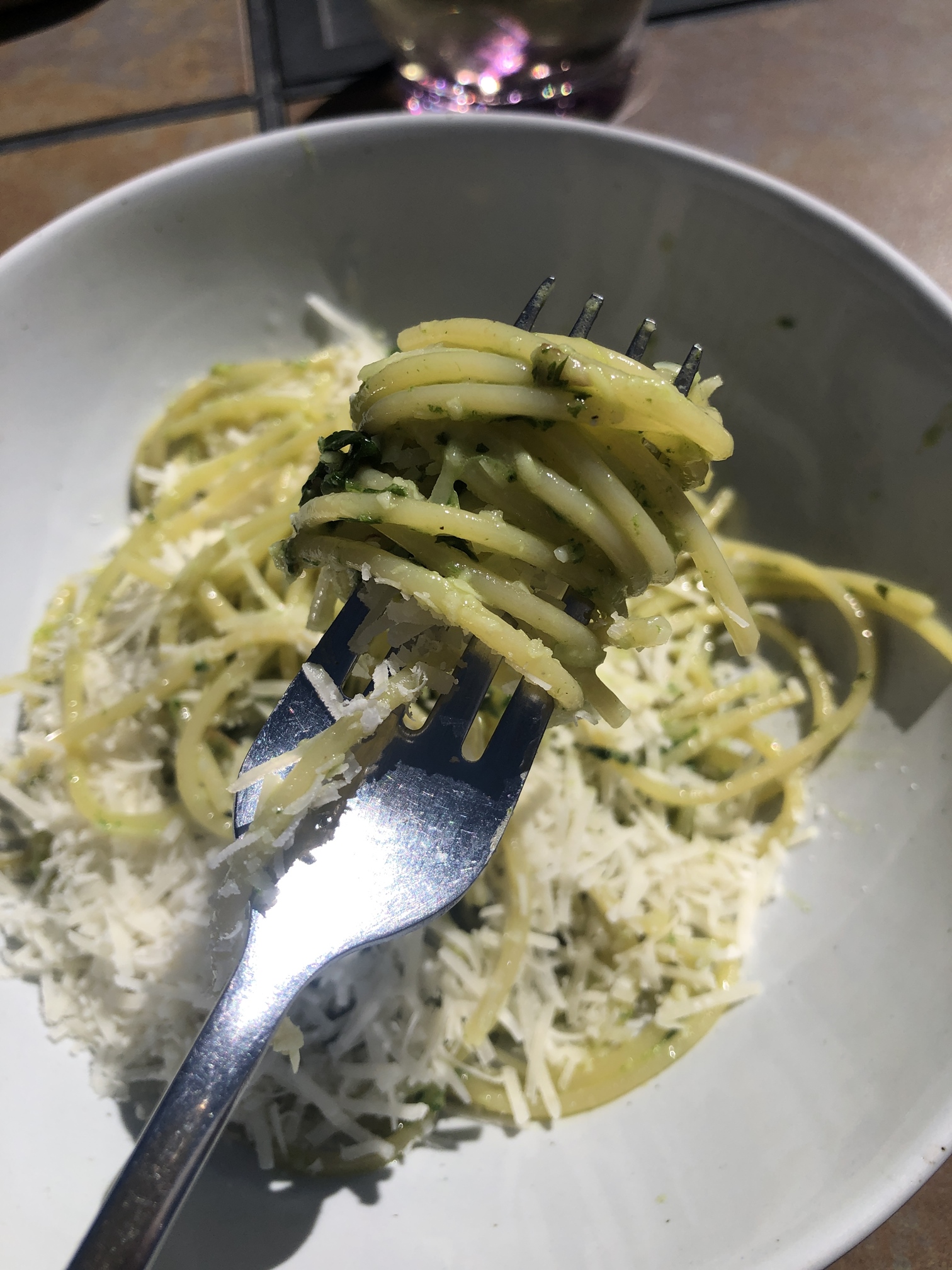
I hope you give this a try, and that you might begin to incorporate different wild herbs into your diet. Again, be very cautious, do your own research, but do not be scared to experiment (responsibly)! Modern consumerism and logistical supply chains are not always suited for delicate leaves, and the storing, freezing etc., of these leaves deplete the nutrition. Fresh is best, and if you cannot grow it yourself, find a friend or family member who can! Be safe, and be healthy.

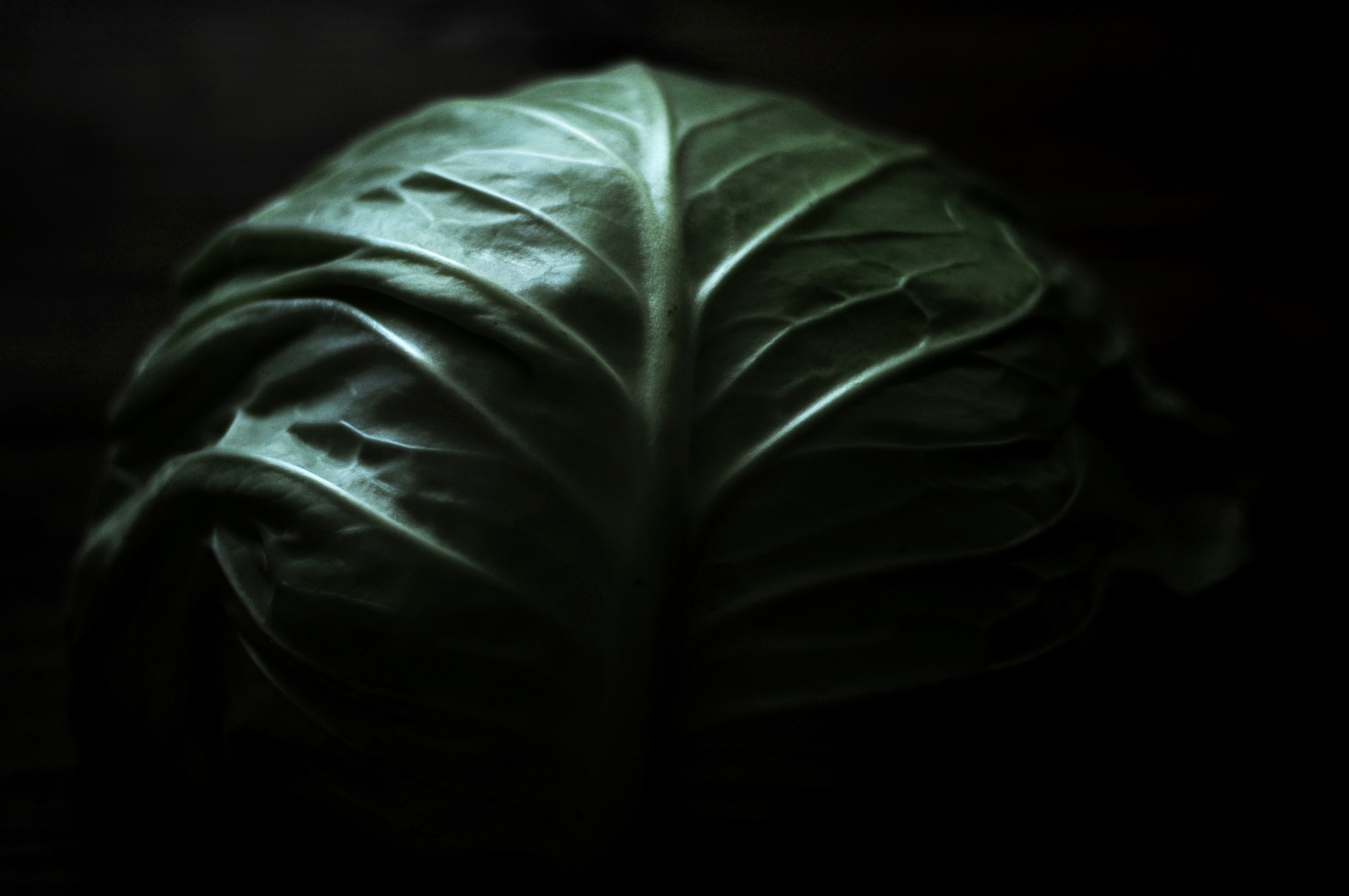
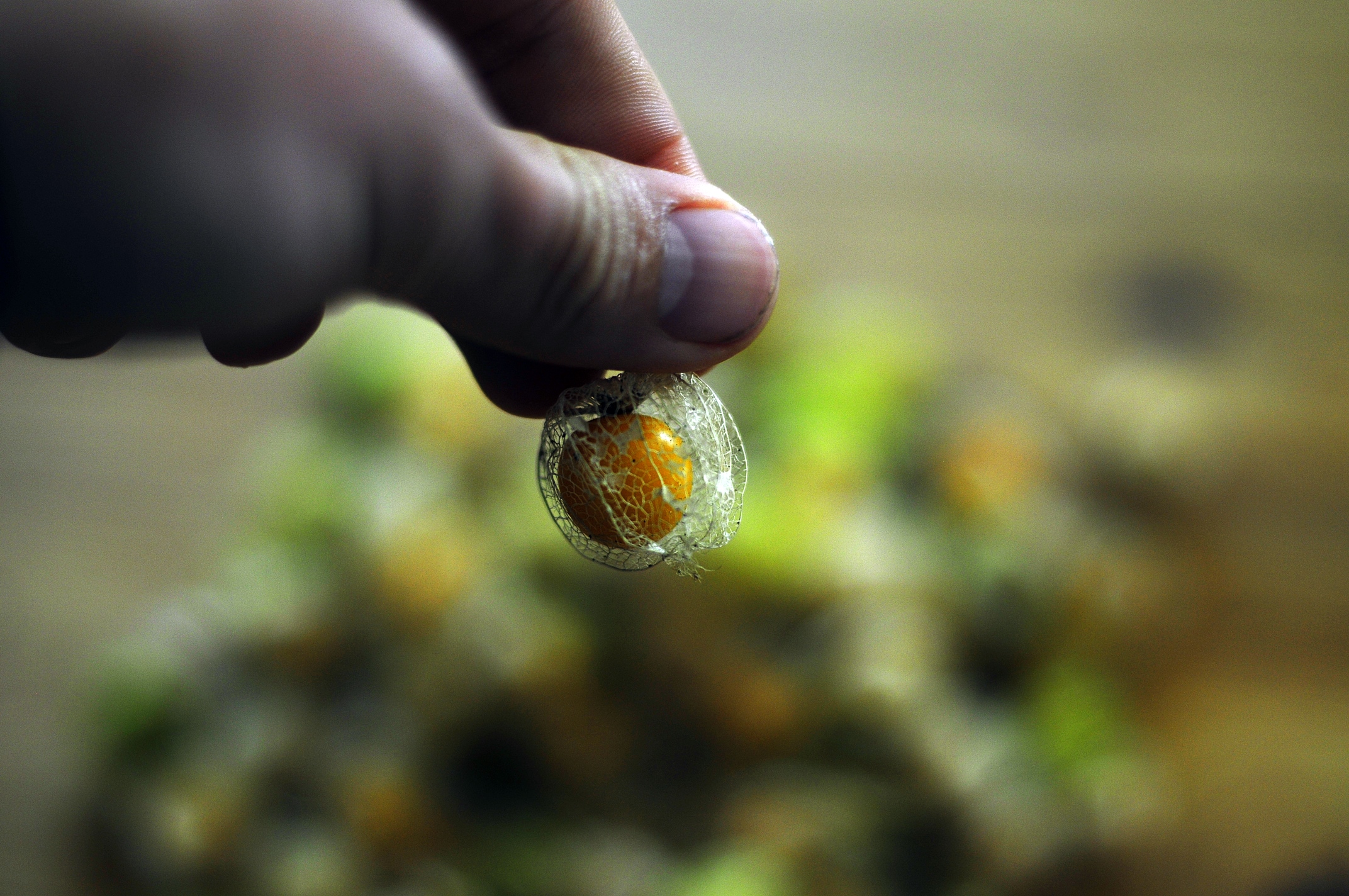

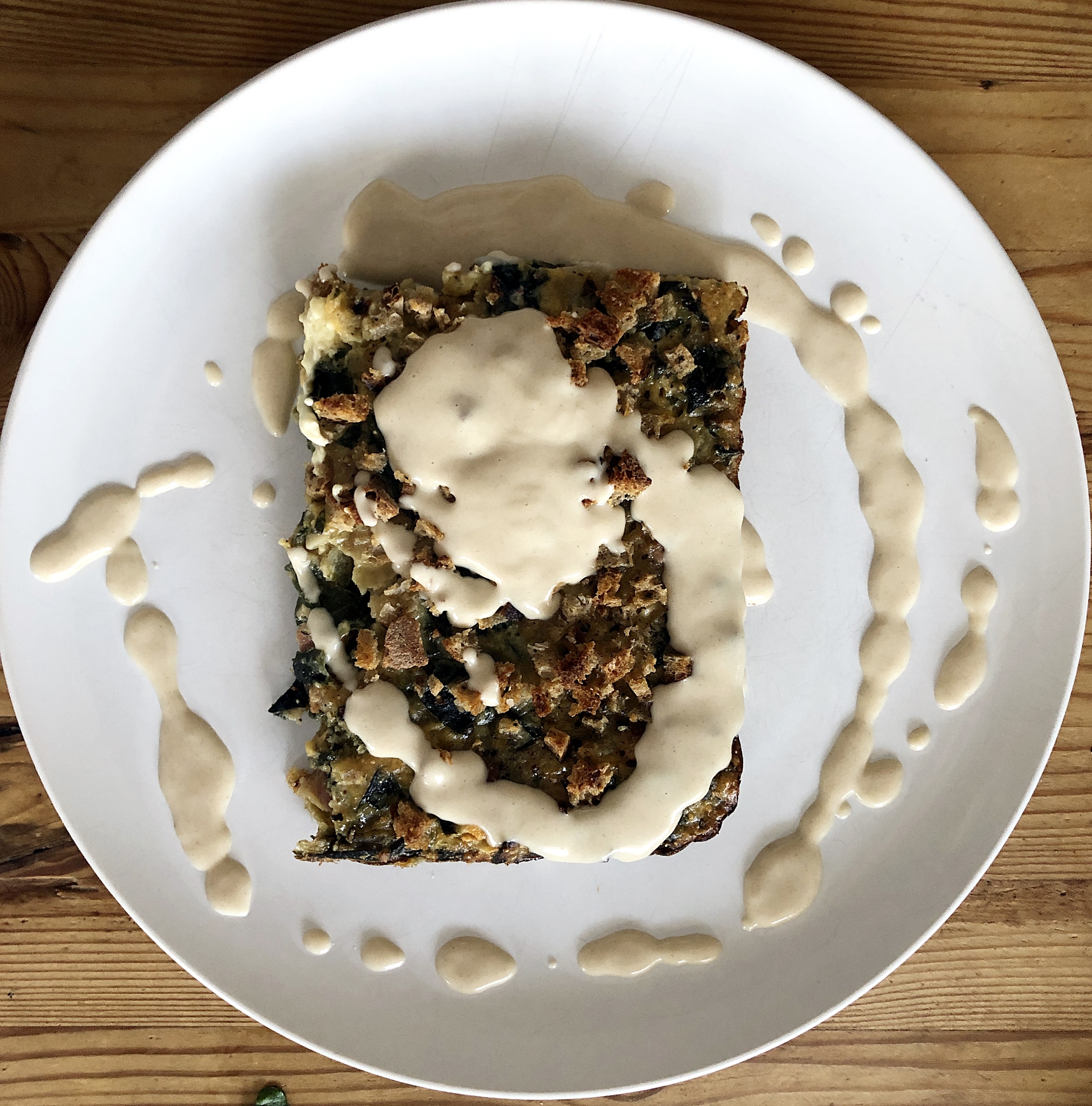
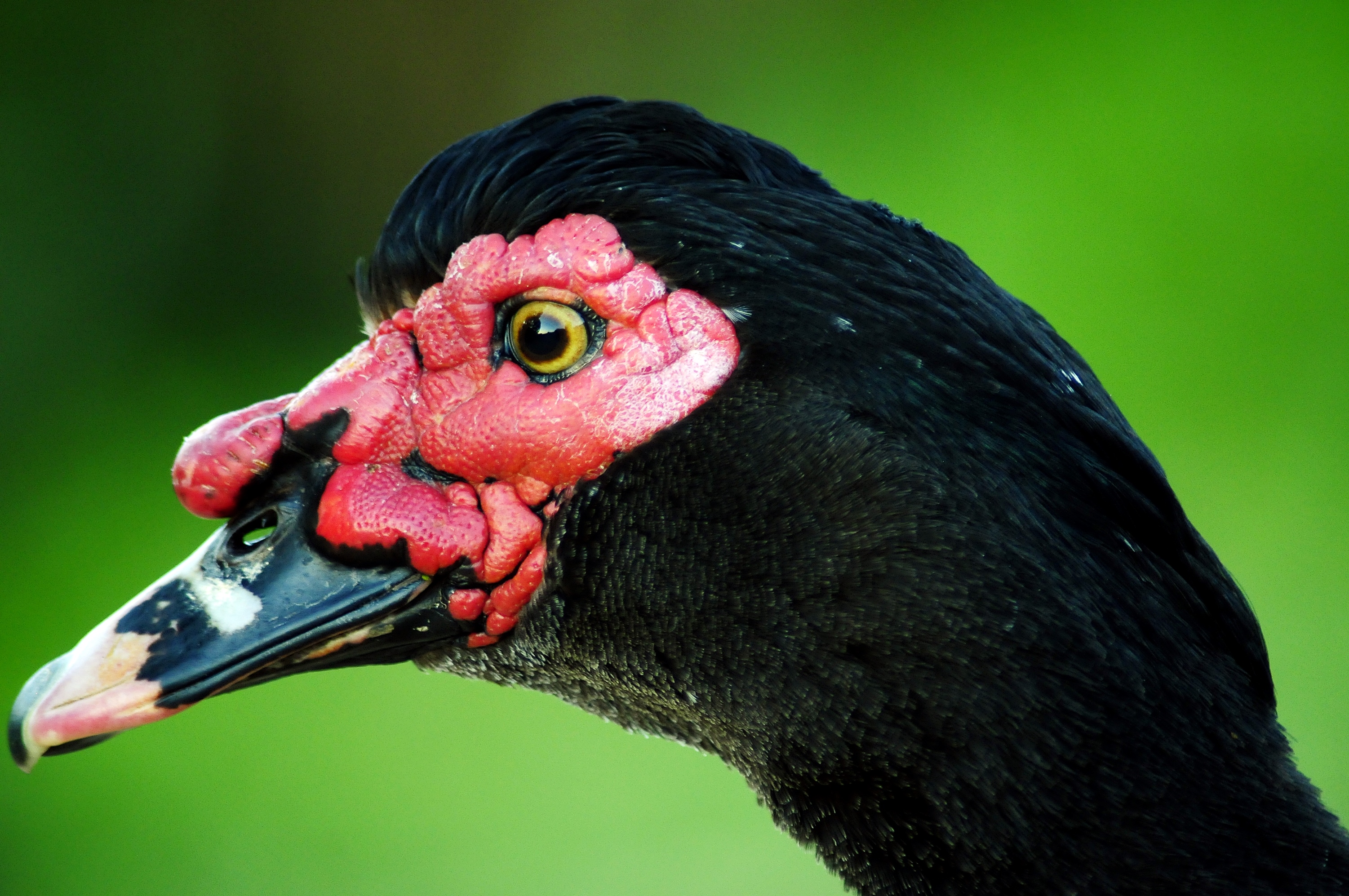

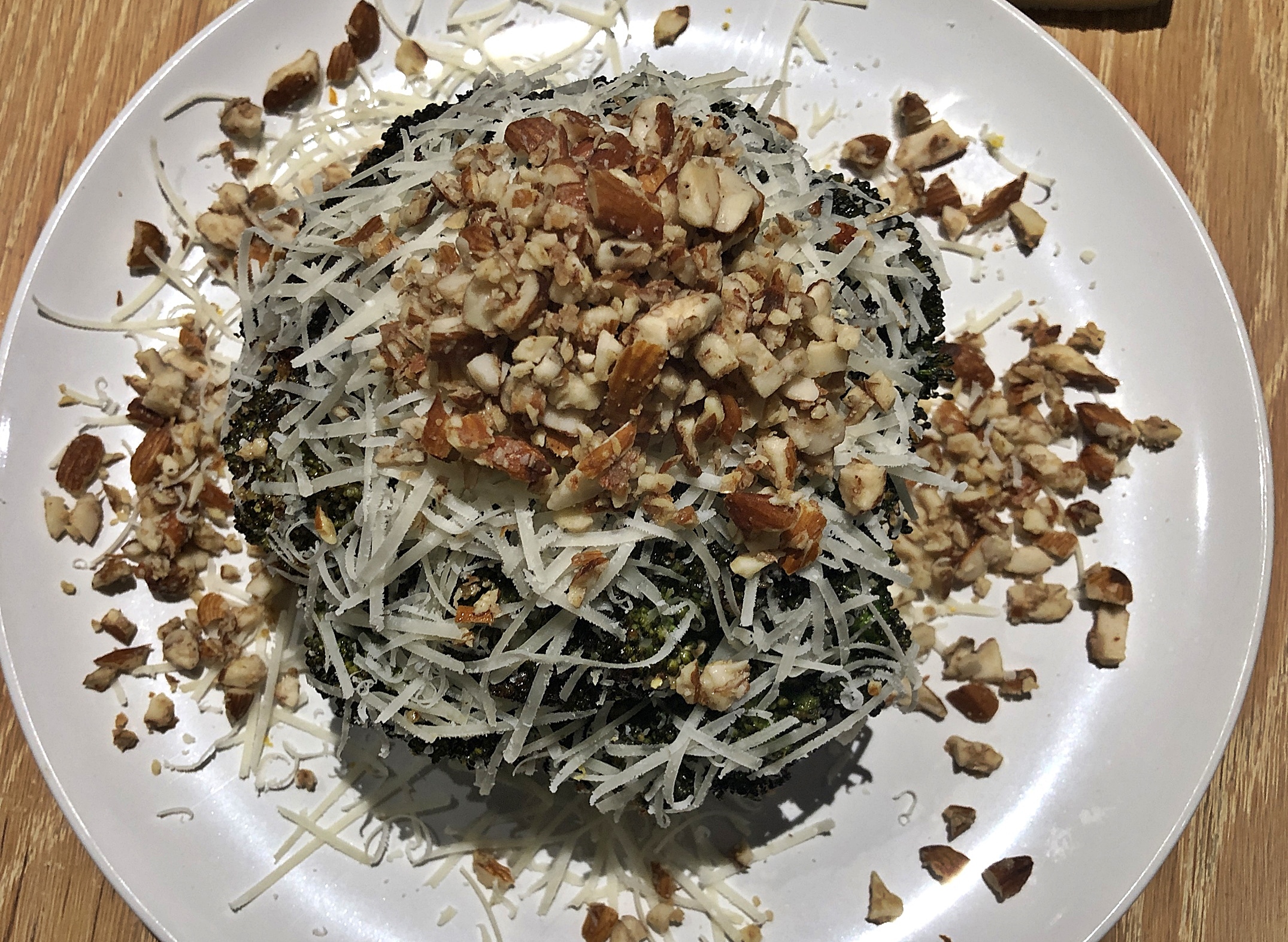
Comments